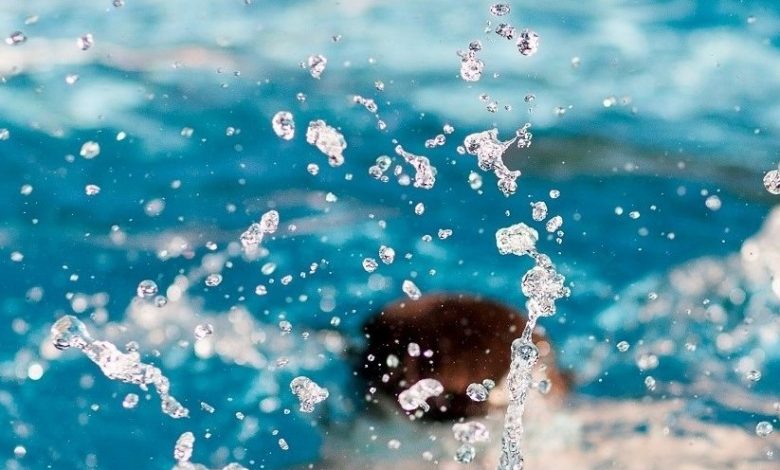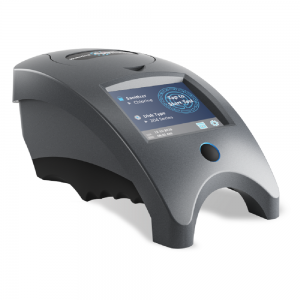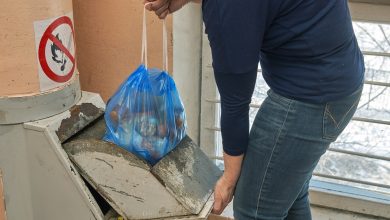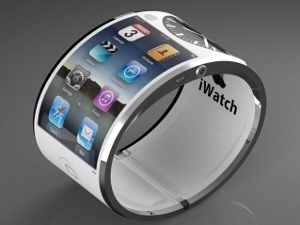
Cool, clean water is always a hit
Routine is the key to keeping a pool in pristine condition and guests happy
An attractive pool remains a key feature that guests prioritise when planning a summer holiday. The water needs not only to look inviting but it must also be well maintained and free from waterborne microbes.
Few features make a holiday property more appealing than a sparkling swimming pool and Australia has some of the most stunning resort watering hotels in the world.
From the magnificent JW Marriott Gold Coast Resort & Spa with its sprawling network of turquoise lagoons to the weaving magic of the waterway at the Grand Mirage Resort at Port Douglas, the wow-factor is stratospherically high for swimming pools in the Australian accommodation industry.
Last year, despite a lack of cash flow during the pandemic, Dr Jerry Schwartz, the flamboyant Sydney doctor who is Australia’s biggest private owner of hotels, celebrated the grand relaunch of the Paradise Resort on the Gold Coast by cutting a ceremonial ribbon and promptly jumping into the swimming pool.
The pool and the stunt looked amazing.
The swimming pool is one of the main features that many guests prioritise when planning a summer holiday. The water needs not only to look inviting but it must also be well maintained and free from waterborne microbes.
Still water can quickly collect algae, which grows over time and can change the colour of the water to green, yellow or black. This is a red flag for swimmers that the pool has not been properly maintained.
Green algae is the most common problem for pool owners but it is not that hard to eliminate.
It is the result of sub-standard sanitisation and filtration as well as a high water pH, the measure of water acidity.
A pH level of 7 means that water is neutral; above 7 means the water is alkaline, while below 7 indicates acidity.

Victoria’s health department advises that anyone with a pool should aim for a pH level of between 7 and 7.6. If the water pH is lower than 7 it can sting swimmers’ eyes. If it’s higher than 8, anyone who swims in the pool is at risk of skin rashes, and chlorine is less effective in killing algae and bacteria.
The Queensland Health department advises that carefully adding strong acids such as hydrochloric acid can reduce high pH levels. The acid should always be diluted into water before being added slowly to the balance tank. Lowering the pH also lowers total alkalinity, so Queensland Health advises to take care when adding acid to ensure the water stays in balance. If the pH is too low, sodium carbonate (soda ash) can be used to raise it quickly.
Chlorine, hydrochloric acid or one of many algaecides will help solve the problem of green algae. Granulated chlorine has a higher concentration of the chemical than liquid chlorine and may be a cheaper option.
Algae has a hard time growing in moving water, so it’s vital to keep the pool water circulating by using the filter and pump. It’s also important to check places where the water flow is poor, including in all corners and crevices, under the pool ladder and on the steps.
Heavy rainfall, the number of swimmers using the pool and various chemicals being used can all affect a pool’s pH level.
This can be a lot to take in for many new to pool chemistry, which is why it’s helpful to have a simple and reliable testing procedure in place.
AccomNews spoke to the leading industry provider of quality equipment and guidance for water analysis, LaMotte Pacific, on the importance of water testing. General Manager Ben Dickinson emphasised how vital it is for operators and managers to regularly test their accommodation’s pool water. He said: “Pool water is constantly in flux, so you must actively monitor its changing chemistry,” but cautioned, “it’s only worthwhile if you’re confident of the accuracy of your results.”

“You want to remove as many inconsistencies as possible, and so having a simple, easy and accurate method of testing is crucial.”
He recommends that your water testing procedure should be straightforward and simple, so as to remove user error and ensure consistency in your results.
He advised: “The testing method should be simple enough to easily train all of your staff. You don’t want to be reliant on just one experienced ‘head’ who knows how to use that dusty old testing kit out the back!”
Remember, he says, testing does not have to be complicated, slow, or prone to user error.
“The trick is to adopt a routine in which testing is fast, accurate, and repeatable,’ he explains. “For most people, that’s just not possible with traditional water testing kits. Thankfully, pool water testing has changed. Gone are the days of wasting time and wondering if you can trust your test results. Now, with the available technology, anyone can do it, and they can do it faster, more accurately, and at less cost than ever before.
Grantlee Kieza OAM has won three Queensland Media Awards, two Australian Sports Commission Awards and has been a finalist for the Walkley and News Awards and for the Harry Gordon Award for Australian sports journalist of the year. In 2019 he received the Medal of the Order of Australia for his writing. You can find more of his work in our AccomNews & Resort News print magazines.
He has written 22 acclaimed books, including bestsellers Hudson Fysh, The Kelly Hunters, Lawson, Banks, Macquarie, Banjo, Mrs Kelly, Monash, Sons of the Southern Cross and Bert Hinkler.







